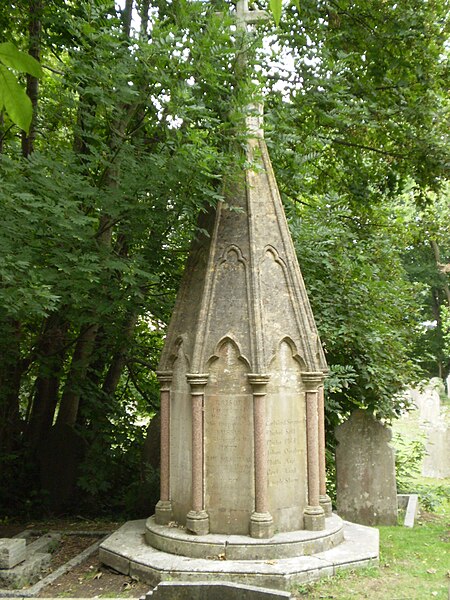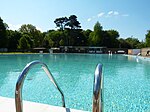Russian Memorial, Lewes
1877 establishments in EnglandCrimean WarFinnish expatriates in EnglandFinnish prisoners of warGrade II listed buildings in East Sussex ... and 6 more
Grade II listed monuments and memorialsLewesMilitary history of FinlandMonuments and memorials in East SussexObelisks in EnglandTowers completed in 1877

The Russian Memorial is an obelisk in the churchyard of St John sub Castro in Lewes, the county town of East Sussex, England (grid reference TQ4152210471). It was erected in 1877 at the behest of Alexander II, Emperor of Russia, in memory of 28 Finnish soldiers of the Russian Army of the Crimean War who died while prisoners of war in Lewes between 1854 and 1856. It has been designated by English Heritage as a Grade II listed building.
Excerpt from the Wikipedia article Russian Memorial, Lewes (License: CC BY-SA 3.0, Authors, Images).Russian Memorial, Lewes
Lancaster Street,
Geographical coordinates (GPS) Address Nearby Places Show on map
Geographical coordinates (GPS)
| Latitude | Longitude |
|---|---|
| N 50.8764 ° | E 0.0102 ° |
Address
Lancaster Street 6
BN7 2PY , The Pells
England, United Kingdom
Open on Google Maps











